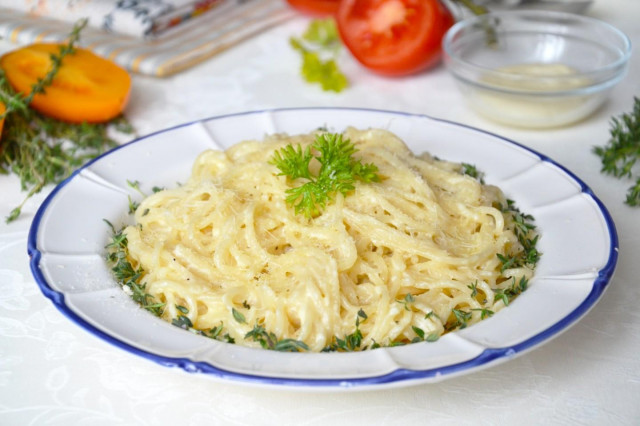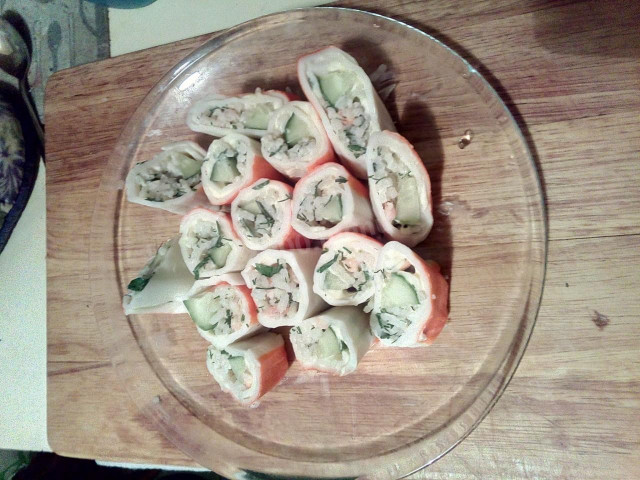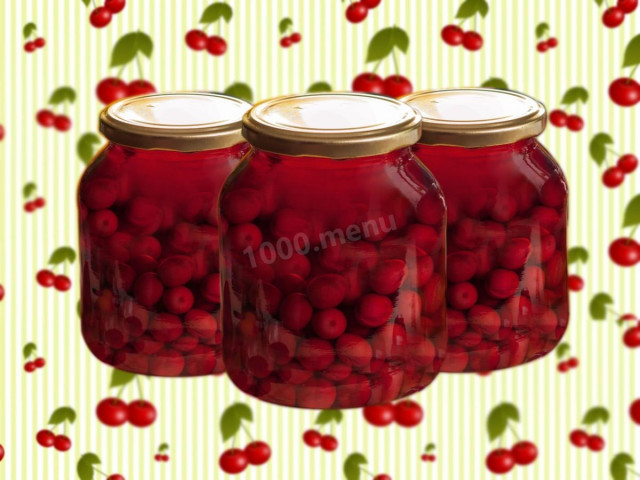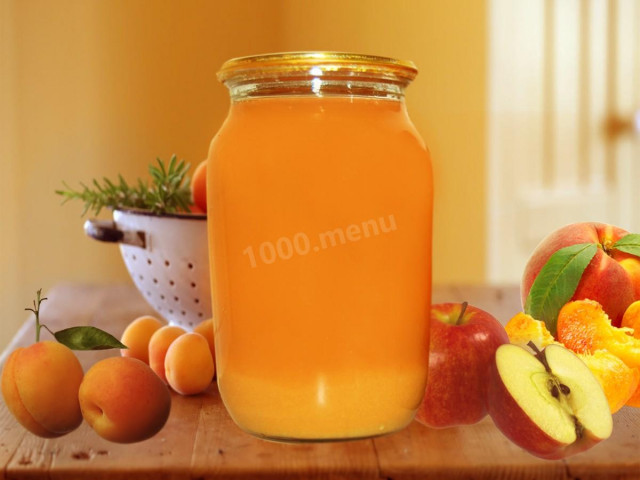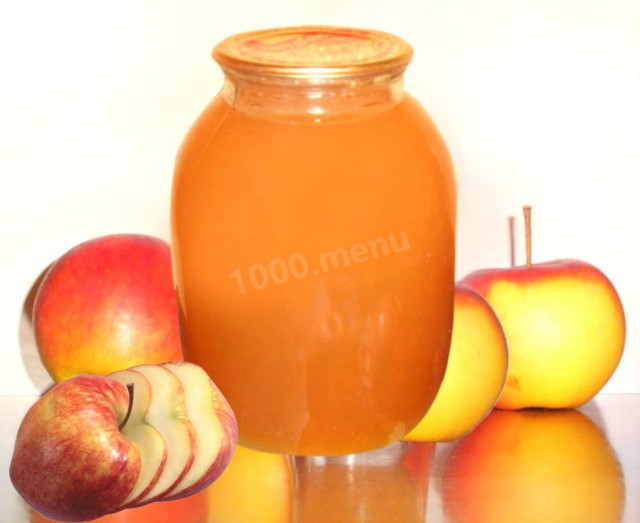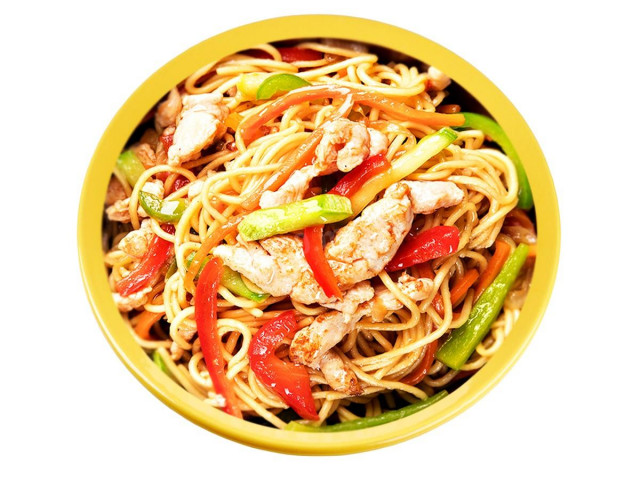Composition / ingredients
Step-by-step cooking
Step 1:
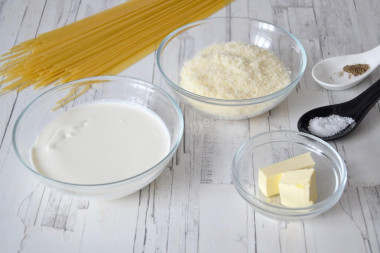
Measure out the ingredients.
Step 2:
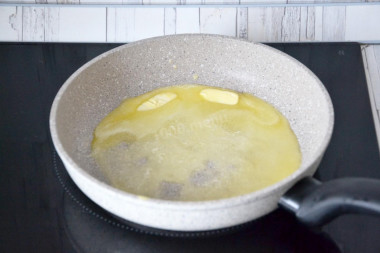
Sauce. Melt the butter over low heat.
Step 3:
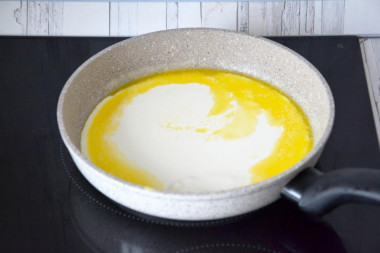
Pour cream into the butter.
Step 4:
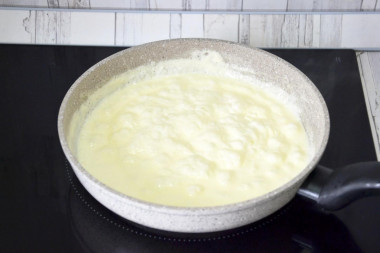
Simmer on low heat, stirring, until boiling.
Step 5:
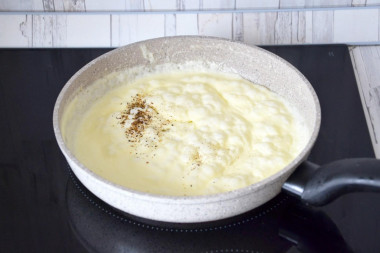
When the cream starts to thicken, add salt and pepper.
Step 6:
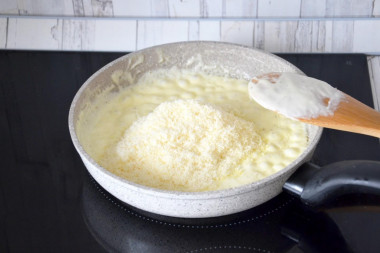
Grate the parmesan on a fine grater and add to the cream. Stirring, wait until the parmesan is completely melted.
Step 7:
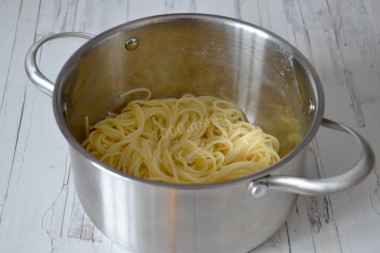
Boil the spaghetti in plenty of water for about 6 minutes to the degree of aldente. Throw the finished pasta in a colander.
Step 8:
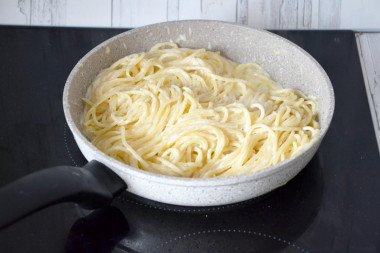
Add pasta to the sauce in the pan and warm it up, stirring, for about 2 minutes. Spread the finished pasta on plates, sprinkle with grated parmesan and fresh thyme on top. Garnish with parsley.
The main thing is not to boil the sauce and prevent the separation of the oil from the rest of the mass. As soon as the butter melts, pour in the cream, as soon as the cream boils, pour in the cheese, as soon as the cheese melts and the sauce begins to boil, add the pasta. The sauce will reach during warming up.
The consistency and caloric content of the sauce is regulated by the fat content of the cream. If you want a fatter and thicker sauce, take 33% cream, if you want a sauce with less calories and more liquid, take 20-22% cream.
Calorie content of the products possible in the dish
- Buttermilk - 36 kcal/100g
- Cream of 20% fat content - 300 kcal/100g
- Cream of 10% fat content - 120 kcal/100g
- Cream - 300 kcal/100g
- Ground black pepper - 255 kcal/100g
- Thyme - 101 kcal/100g
- Dried thyme - 276 kcal/100g
- Thyme - 276 kcal/100g
- Butter 82% - 734 kcal/100g
- Amateur unsalted butter - 709 kcal/100g
- Unsalted peasant butter - 661 kcal/100g
- Peasant salted butter - 652 kcal/100g
- Melted butter - 869 kcal/100g
- Salt - 0 kcal/100g
- Parmesan cheese 45% fat content - 389 kcal/100g
- Spaghetti - 338 kcal/100g

